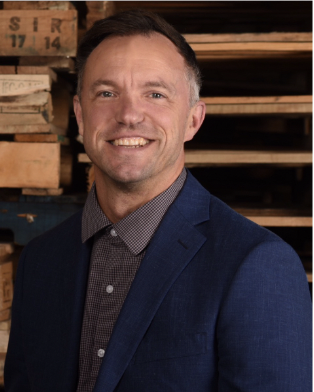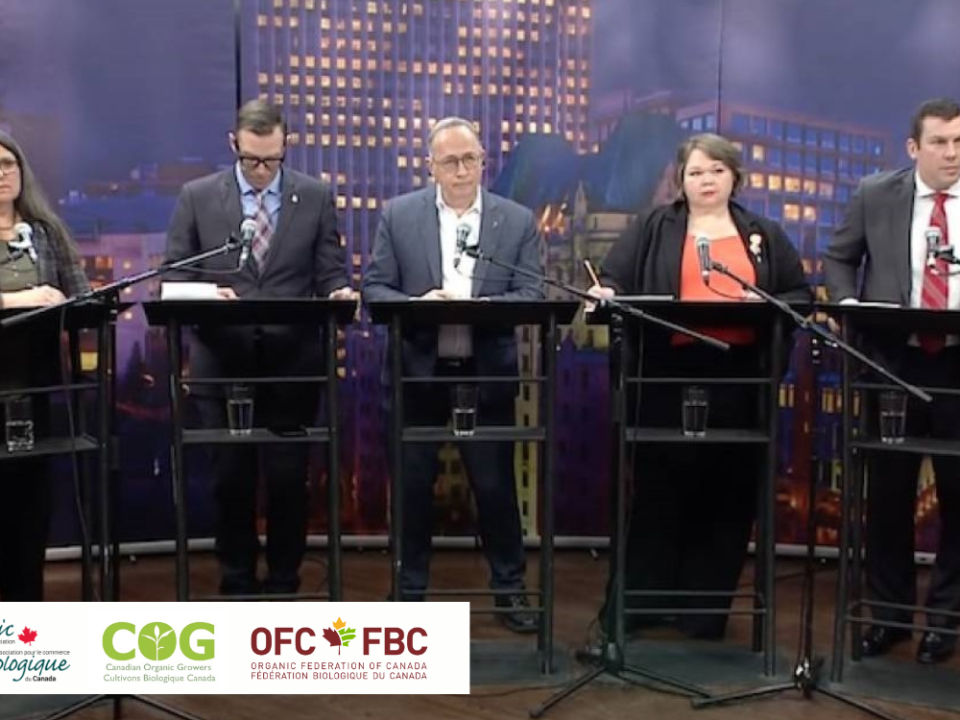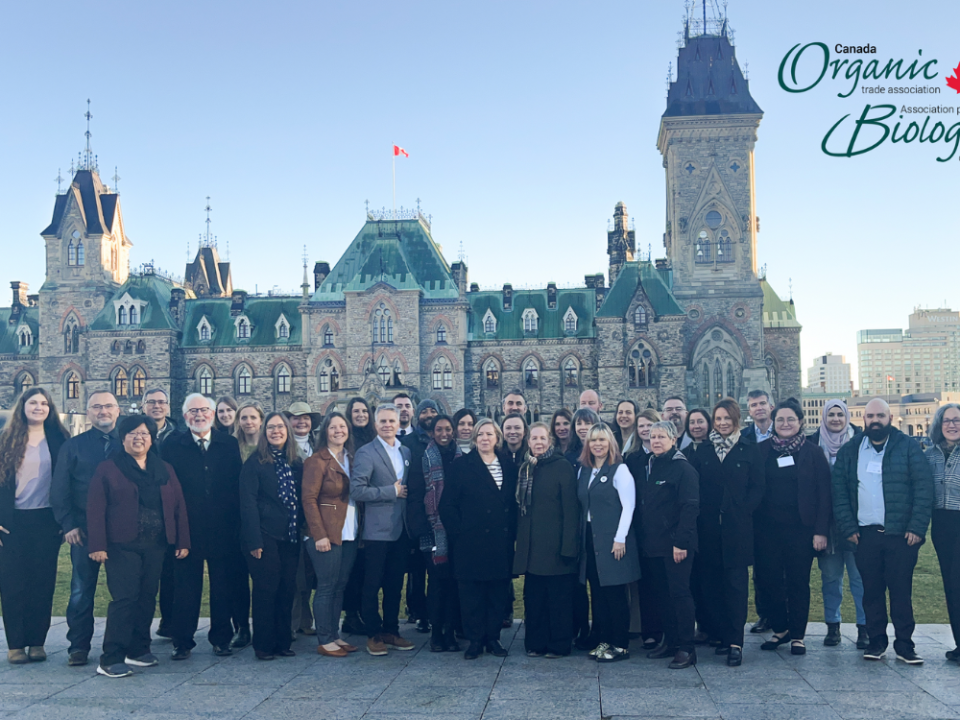International Year of Fruits and Vegetables
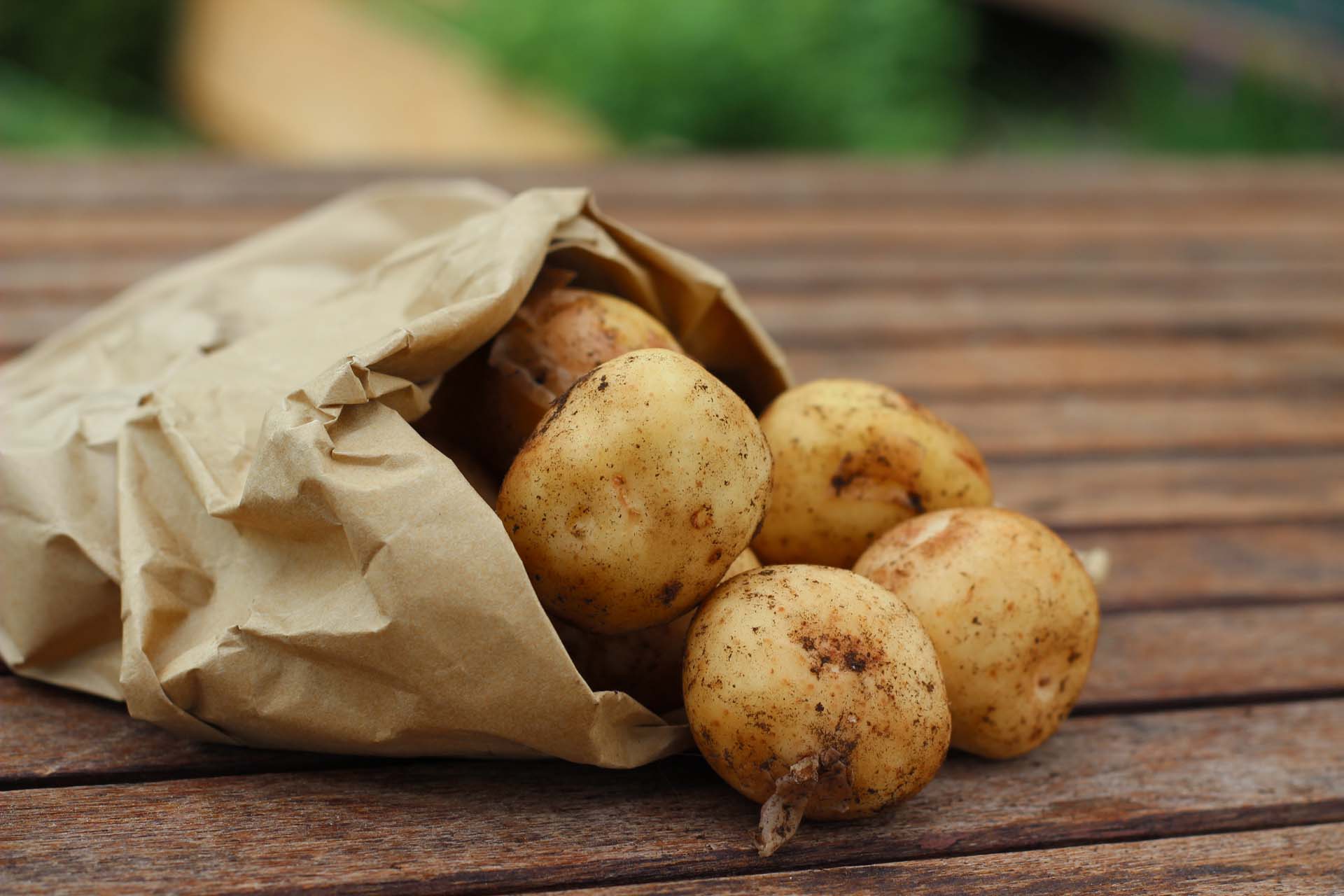
Inspector Insights & Organic Integrity
March 31, 2021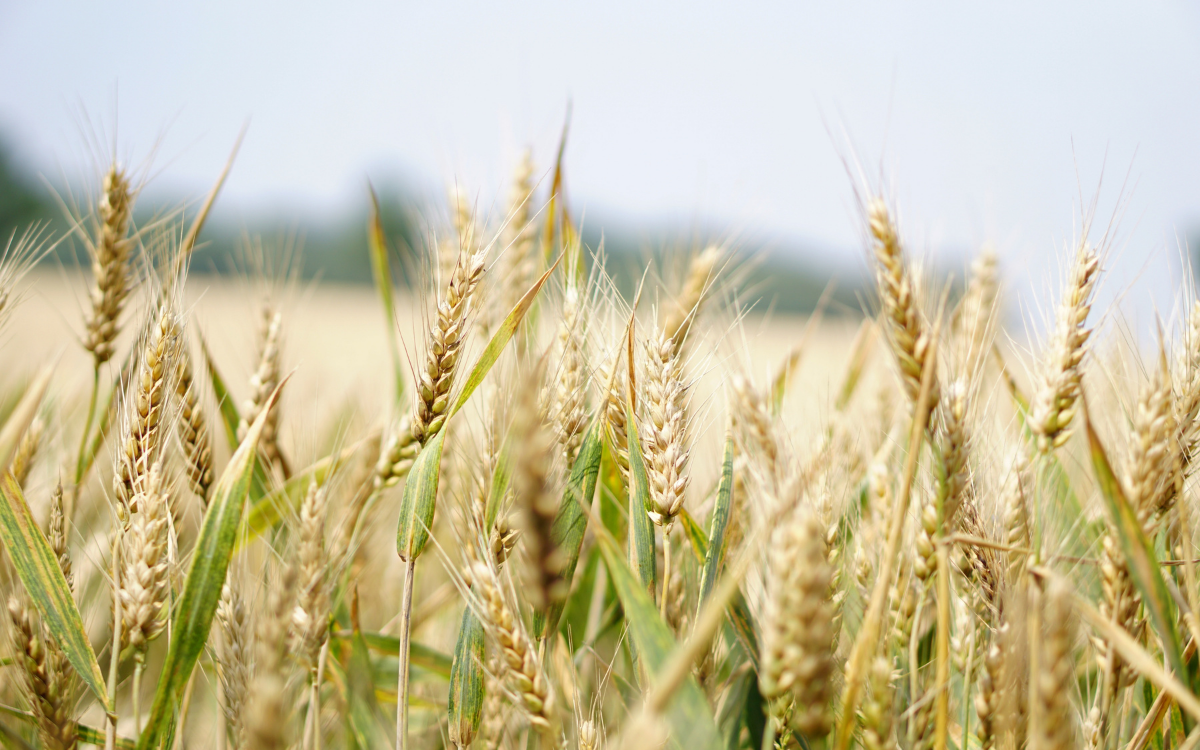
Organic Agriculture Uses Ecological Innovation to Support Regenerative Practices
June 29, 2021Hear it from Stefan Misse, President of Discovery Organics, an independently ownedCanadian distributor of Organic and Fair Trade produce
As 2021 is the International Year of Fruit and Vegetables, we thought it would be important to write a few words on why we are buying local and supporting farmers “closer to home” rather than 5000 km away. My definition of local might be different from yours, and we both have different definitions than our neighbours and they, in turn, might all might be different from our favorite supermarket or wholesaler’s definitions. What is local? Is it local 100 mile diet? Local bio-regions? Local province? Local country? Local field grown versus local energy intensive greenhouse? In fact all of those “local” definitions and more are valid. What is important is that we are all thinking about what our “local” is and making decisions about supporting local whenever we can.
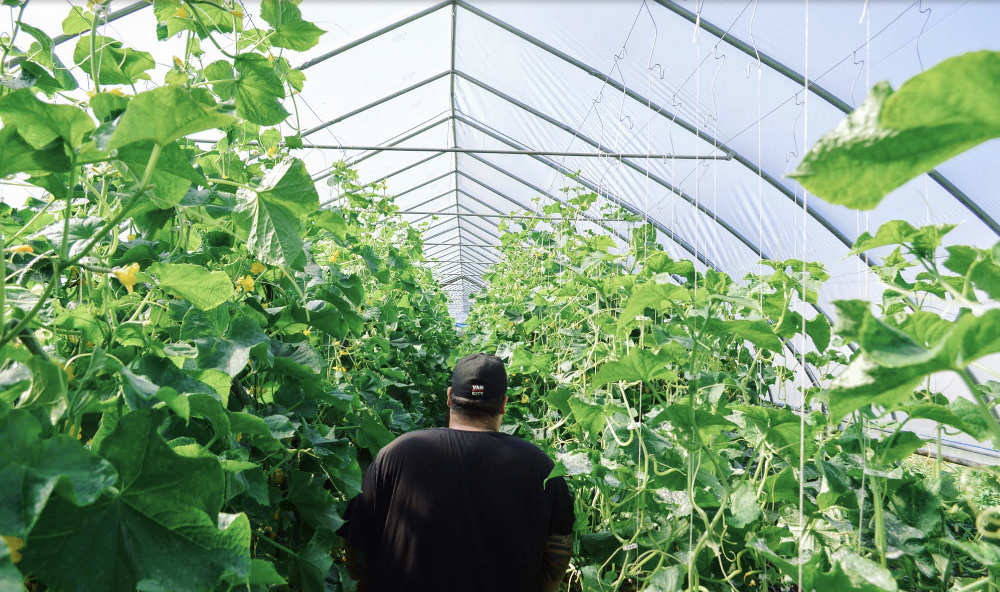
What is imperative to understand (especially from the past 16 months of COVID) is that we cannot take our food systems for granted. The tasks required (and there are a lot of them) to get fresh healthy whole fruits and vegetables from farms and into stores and fridges and ultimately our bellies are varied, detailed and a lot of hard work. The behind the scenes work that happens to get food from farm to table is enormous and the people out there doing these jobs are passionate hardcore enthusiasts for the challenges of making it happen.
Fresh food doesn’t last long after it has been picked and while there are technologies that allow for reductions on post-harvest spoilage, they will all ultimately be unsuccessful at staving off the inevitable compost bin or soup pot (if you can get it into one before it’s too late).
Buying closer to home/buying local reduces travel time and increases freshness overall. Buying closer to home may reduce our carbon footprints a little bit more. Buying closer to home supports local people and allows for businesses to flourish locally. There is certainly a segment of people who are always on the hunt for local for these factors and more. Some food distribution companies are owned by shareholders in far-away places. How are local agricultural decisions influenced by multi-national conglomerates? Do we know if those corporate profits are being re-invested in local economies or are they leaving the local scene and going to shareholder dividends in world-wide investment portfolios?
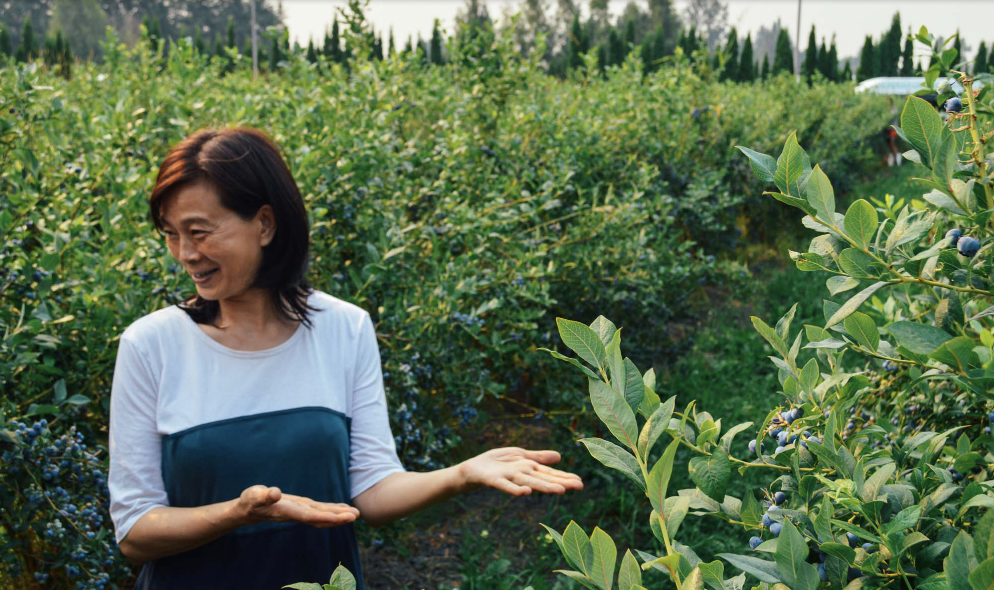
Now, of course, not everything can be grown locally… Only the ardent local supporters can survive on a six month Canadian winter/spring of the various storage crops of apples, potatoes, carrots, onions, and the mighty rutabaga. We still want to eat berries out of season and tropical fruits like bananas and pineapples and mangos. And when we source from far away, we look for Fair Trade certified options to help build those local economies where those farmers live and work.
Third party Fair Trade certification allow us to support local economies in places far away from our supermarkets. A premium of $1 a case on a 40lb case of Fair Trade bananas means adding pennies to the cost of each banana we buy here and as those purchases add up, it can mean adding any number of beneficial programs to the “local” growers of the bananas. Think dental clinics, think soccer fields, think better housing, think local (but in a nation far from ours).
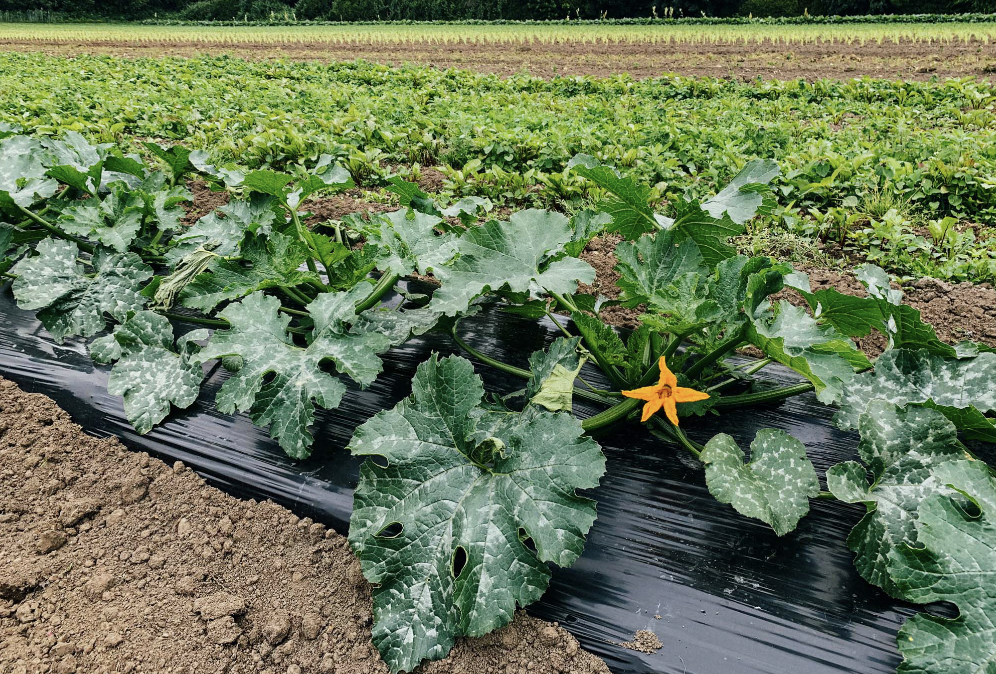
Another barrier for buying local can sometimes be the costs. Our local Canadian farmers have about 4-5 months of time when growing conditions are good enough to produce local crops without aid of greenhouses and/or artificial light and heat. Farms in warmer climates to the south are able to produce 3-4 crops on a 12 month a year rotational cycle which leaves our local farmers/Canadian farmers at a disadvantage. Combine that with stats like British Columbia which only has about 5% of its land base as prime agricultural land (and that limited land is now in conflict with urban sprawl and housing demands) and realize that food prices for BC grown are subject to land costs and limited production windows.
Retailers in BC expect to pay about 20% for a BC “premium” but that extra 20% really doesn’t even come close to the comparative costs of production south of us in the vast agricultural lands of California year round and further south to central Mexico. What if it was 50% more for local versus imports? Is that feasible to help support our local food systems?
We buy from local organic farms whenever we can, and we push them to find “the shoulder season” through growing season extensions to try and achieve a better return overall. We give market guidance to farmers to make sure they are maximizing their production. We help give guidance on local crop plans to make sure that there is a balanced portfolio coming from farmers big and small, hopefully ensuring the market isn’t overloaded on local zucchini or beets (a least not more than a few weeks). We support family farms all over the Western hemisphere including as many third party Fair Trade certified fruits and vegetables as possible to bring the “local” support home to each and every farming community we source from to make sure we keep our local shops full of vibrant healthy organic fruits and vegetables.
About the Author:
Stefan Misse leverages more than 17 years of experience within Discovery Organics leading the company’s businesses in Vancouver and Calgary and across western Canada, focusing on bringing a high level of communication, service and quality to customers while maintaining and strengthening grower and vendor relations. Throughout his career, Stefan has held leadership roles in sales, warehouse operations and most recently as Senior Purchasing Manager.
Learn more about Discovery Organics here.


